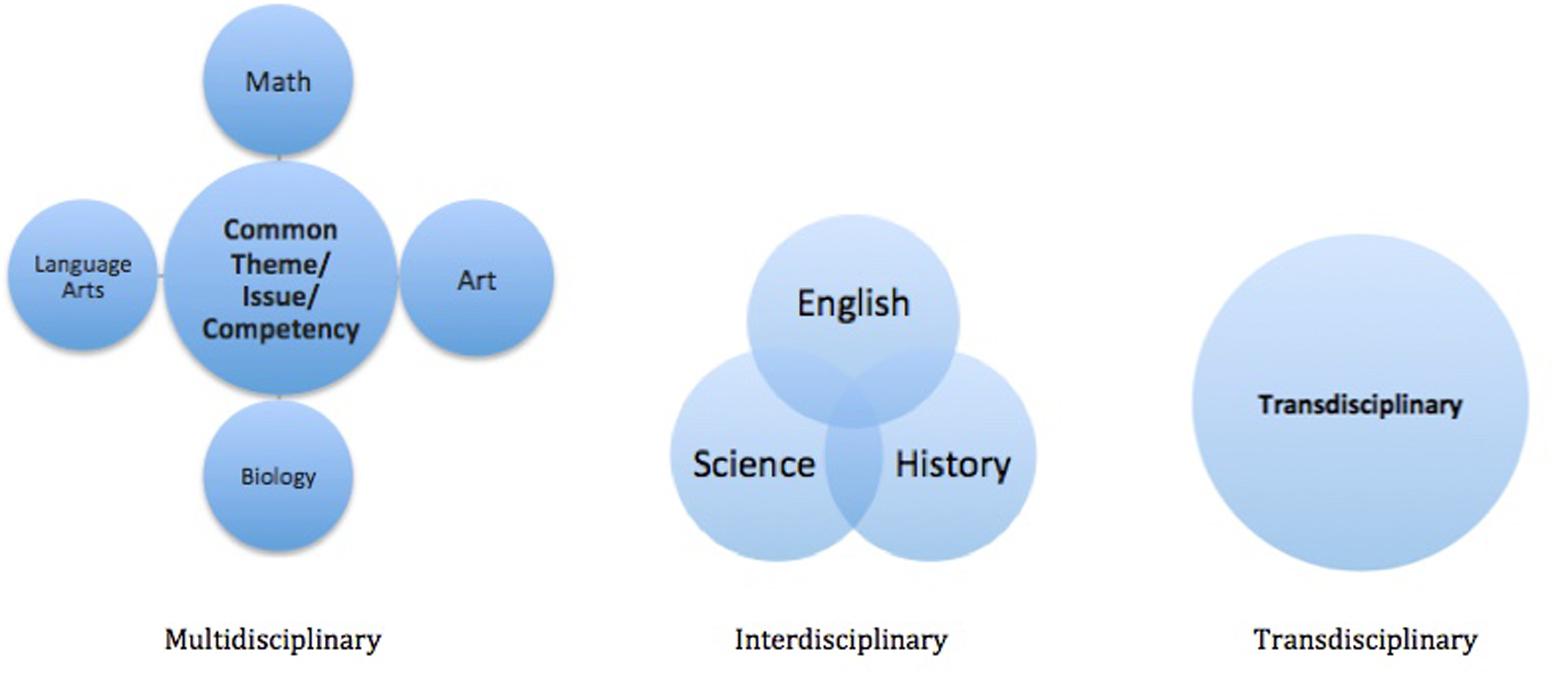Integrated curriculum has been around since the 1930’s and research has shown that this type of curriculum aids in student engagement, leads to a deeper learning and in-depth understanding, enhances academic performance, is an effective way to teach 21st century skills, and leads to an increase in student self-confidence, creates positive relationships, allows students to find their place in the community (QCAA, 2019).

It also allows for the combining of subject matter which would otherwise be duplicated. This type of education allows for 21st century thinking, as Siri and Google have made memorization of facts obsolete, while the Internet allows students to research up to date information and yields interdisciplinary results on any topic (Drake, Reid, 2018).

In other words, it gives students autonomy over their learning.
The use of project-based learning is a practical idea for integrated learning (Pear Tree Education, 2013), as it lends itself to an interdisciplinary approach. Interdisciplinary approach involves the consideration of different points of view, comparing and contrasting (Drake, Reid, 2018).
Let’s look at combining history, science, English, maths, visual arts, design and technology activities to create an integrated unit based on HASS and science from the Australian curriculum version 9.0. The topic could be ‘Making Changes’, the students then come up with an overarching question like; how can people cause significant changes to others, objects and the environment? (twinkl, n.d.)
The answer to this question will be found in the research of Australia’s past including the Indigenous aspect and colonization, the development, impact and shaping of the colonies. Students will also be looking at environmental changes from the past to the present and then investigate scientific changes of objects and substances. This will give students a deeper understanding of how life is interrelated, and that learning is an interconnected and interdisciplinary discipline which is essential for 21st century success. The benefits of interdisciplinary learning are that multiple content areas are addressed causing an increase in cognitive development due to deeper learning, this type of learning also mimics real life learning, and is authentic, helps to increase a students critical thinking and problem solving skills and asks them to reflect on their learning, is student-centric with the focus being on the student and not the teacher, this type of learning causes better engagement highlighting the students strengths and weaknesses and it opens doors for students to develop their interests in topics which were once not of interest (UserGenerated Education, 2019). All in all, interdisciplinary education is the way to go and teachers today need to be given every opportunity to develop the skills to incorporate these strategies into their teaching to enable students to become the leaders of the 21st Century.
Reference
Drake, S., Reid, J. (2018). 21st Century Competencies in Light of the History of Integrated
Curriculum. Frontiers in Education.
Pear Tree Education. (2013, January 15). 21st Century Education Integrated Subjects [Video].
YouTube. https://youtu.be/0Ql1kAlACyI
QCAA. (2019). Integrating the curriculum across learning areas/subjects.
https://www.qcaa.qld.edu.au/downloads/aciq/general-resources/teaching/ac_integrating_curriculum.pdf
Twinkl. (n.d.). Integrated Curriculum. https://www.twinkl.com.au/
UserGenerated Education. (2019). All Lessons Should Be Interdisciplinary. https://usergeneratededucation.wordpress.com/2019/01/13/all-lessons-should-be-interdisciplinary/
